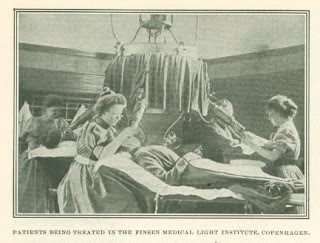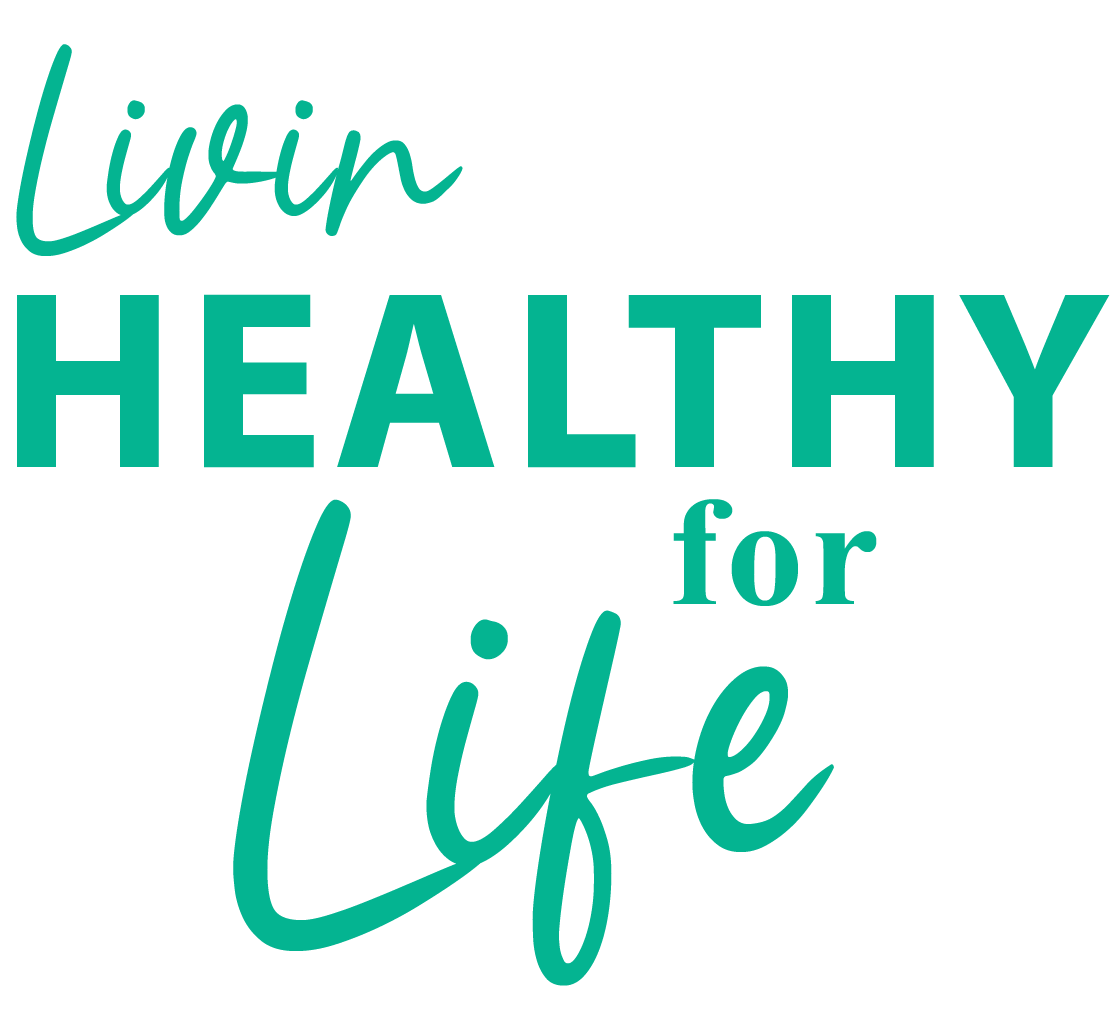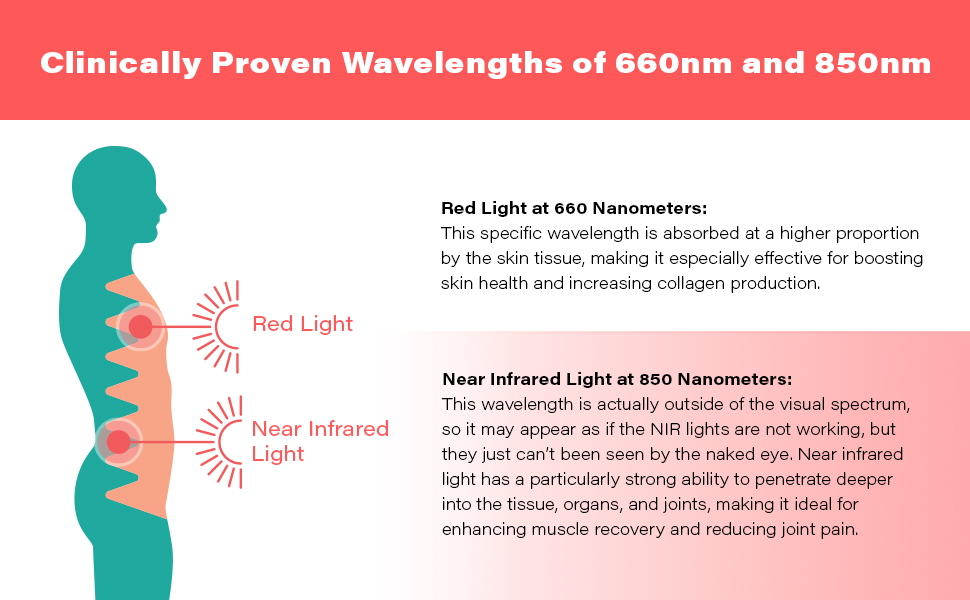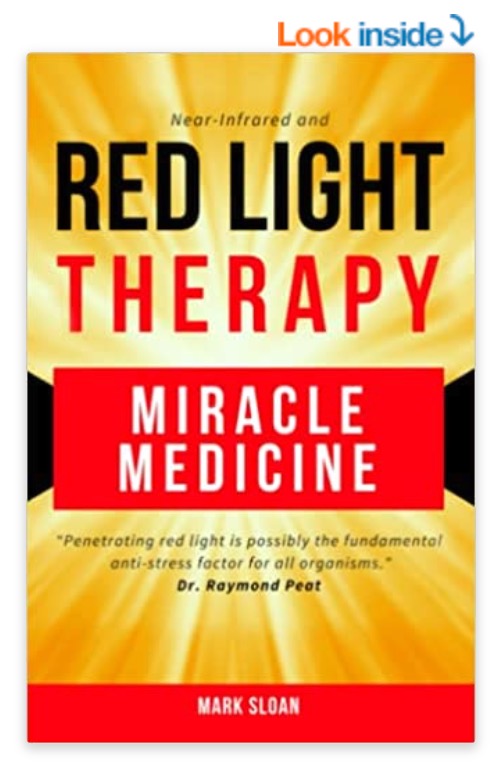Red Light Therapy
Effective red and near infrared light therapy requires very specific wavelengths of light, specifically 660 nanometers which is red light and 850 nanometers which is near infrared light. Studies have shown these two specific wavelengths to have the greatest biological impact on the cells of the human body. Red light is best for superficial skin treatments, as it does not have the ability to penetrate quite as deeply as near infrared light. Near infrared light is best for treating deep tissues such as joints, muscles, and even the brain, because of it's ability to penetrate deeper into the human body.
A Brief History of Red Light Therapy
Modern light therapy is derived from “heliotherapy” — the therapeutic application of sunlight to treat health conditions. It’s one of the most ancient therapeutic measures employed by humans, and it’s believed that the ancient Greeks were the first people to use this method.
In 1903, Neils Finsen was awarded the Nobel Prize in Medicine for successfully illustrating that specific wavelengths of (ultraviolet) light could be used to treat people with Tuberculosis. Today, Finsen is recognized as the father of modern phototherapy, which has also proven to be effective in the fields of dermatology, neurology and physiotherapy.
In the 1960s, soon after the discovery of lasers, doctors realized that light therapy (using LEDs) could improve wound healing and reduce pain, inflammation and swelling (NCBI). NASA was the first to use this technology – initially for plant growth experiments in space, and then to promote human tissue growth. In clinical trials, LED light therapy successfully reduced the painful side effects of chemotherapy and radiation treatment in bone marrow and stem cell transplant patients.
The studies conducted at this time were significant because they showed that this technology could essentially boost the primary energy processes in the mitochondria of every single cell in the body.


It was also around this time when scientists in Europe found that specific wavelengths of light had therapeutic effects on tissues of the body through a process called photo–stimulation. This process uses light to artificially activate biological compounds, cells, tissues, or even whole organisms. One example of using this process is “light-treating” babies for jaundice, a relatively common condition of newborns.
Here are a few Red Light Therapy devices we recommend.
(Click on Image Below to Learn More)






